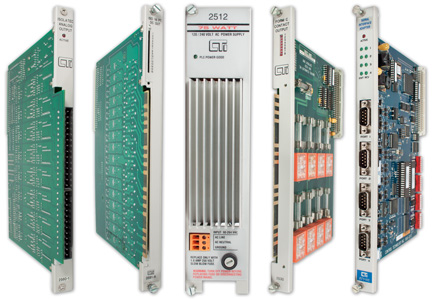Unlocking the Secrets of Frequency Inverters: Transforming Industrial Power Like Never Before!
In the ever-evolving landscape of industrial technology, frequency inverters play a pivotal role in the efficient control of electric motors. But what exactly are frequency inverters? At their core, these devices are designed to control the speed and torque of motors by varying the frequency and voltage of the electrical power supplied to them. As industries seek to optimize performance and reduce energy costs, the relevance of frequency inverters becomes increasingly evident. This article aims to delve deeper into the mechanics of frequency inverters, exploring how they function, their varied applications across industries, and the numerous benefits they offer to modern industrial operations.

Understanding Frequency Inverters
Frequency inverters, also known as variable frequency drives (VFDs), are electronic devices that convert electrical power from one form to another to control the speed of an electric motor. They consist of several key components: a rectifier, a DC bus, an inverter, and a control circuit. The rectifier takes in alternating current (AC) from the power source and converts it to direct current (DC). The DC bus smoothens this current, ensuring stable power flow, before it is fed into the inverter. The inverter then converts this DC back into variable frequency AC, allowing for precise control of motor speed. One of the fundamental principles behind frequency inverters is pulse width modulation (PWM). This technique involves switching the inverter's output on and off at a rapid pace, effectively creating a variable voltage and frequency output that can be adjusted to meet the motor's operational requirements. This adaptability is crucial in optimizing motor performance across various applications.
How Frequency Inverters Work
The operational mechanics of frequency inverters are fascinating and revolve around the conversion of AC to DC and back to AC with variable frequency. Initially, when AC power is supplied, the rectifier converts it into DC, which is then stored in the DC bus. This stage is vital as it prepares the power for further manipulation. The inverter, utilizing high-speed switching methods, transforms the DC back into AC, but this time with a variable frequency. The control circuits play a significant role here; they monitor the motor's performance and adjust the output frequency and voltage accordingly. Feedback systems, which can include sensors and controllers, ensure that the motor operates within the desired parameters, maintaining optimal performance while preventing overheating or excessive wear. This closed-loop system exemplifies how frequency inverters can enhance the reliability and efficiency of motor-driven applications, adapting to changing load conditions seamlessly.
Applications of Frequency Inverters in Industry
Frequency inverters find their application across a multitude of industrial sectors, significantly impacting how operations are conducted. In manufacturing settings, they are often employed in conveyor systems, allowing for precise speed control that can adapt to varying production demands. This agility not only improves productivity but also enhances the reliability of the entire operation. In HVAC systems, frequency inverters regulate the speed of fans and pumps, ensuring optimal energy usage and improving comfort levels in commercial buildings. My friend, who works in a large manufacturing plant, shared how the implementation of frequency inverters in their conveyor system led to a notable reduction in operational downtime and maintenance costs. Furthermore, in water treatment facilities, frequency inverters are crucial for managing the flow rates of pumps, ensuring that processes remain efficient and responsive to real-time needs. The versatility of frequency inverters makes them indispensable in modern industrial applications.
Benefits of Using Frequency Inverters
The advantages of frequency inverters extend beyond mere motor control; they offer substantial benefits that can transform operational efficiency. One of the primary benefits is energy savings. By adjusting the motor speed to match the load requirements, businesses can drastically reduce energy consumption, which translates into lower utility bills. Additionally, frequency inverters minimize wear and tear on motors by preventing abrupt starts and stops, thereby extending the lifespan of industrial equipment. Improved process control is another significant advantage; operators can fine-tune motor speeds to achieve optimal performance levels, enhancing overall productivity. For instance, in a recent case study from a local factory, the installation of frequency inverters resulted in a 30% reduction in energy costs, proving their impact on operational expenses. These benefits collectively underscore the importance of frequency inverters in fostering sustainability and efficiency in industrial settings.
Key Insights on Frequency Inverters
In summary, frequency inverters are integral to the future of industrial power management, providing essential control over motor speed and performance. From understanding their components and operational mechanics to exploring their widespread applications and benefits, it is clear that frequency inverters are not just technological innovations; they are vital tools for enhancing efficiency and sustainability in modern industries. As businesses continue to strive for operational excellence, the role of frequency inverters will undoubtedly become more pronounced, making them a cornerstone of industrial advancement.







Comments